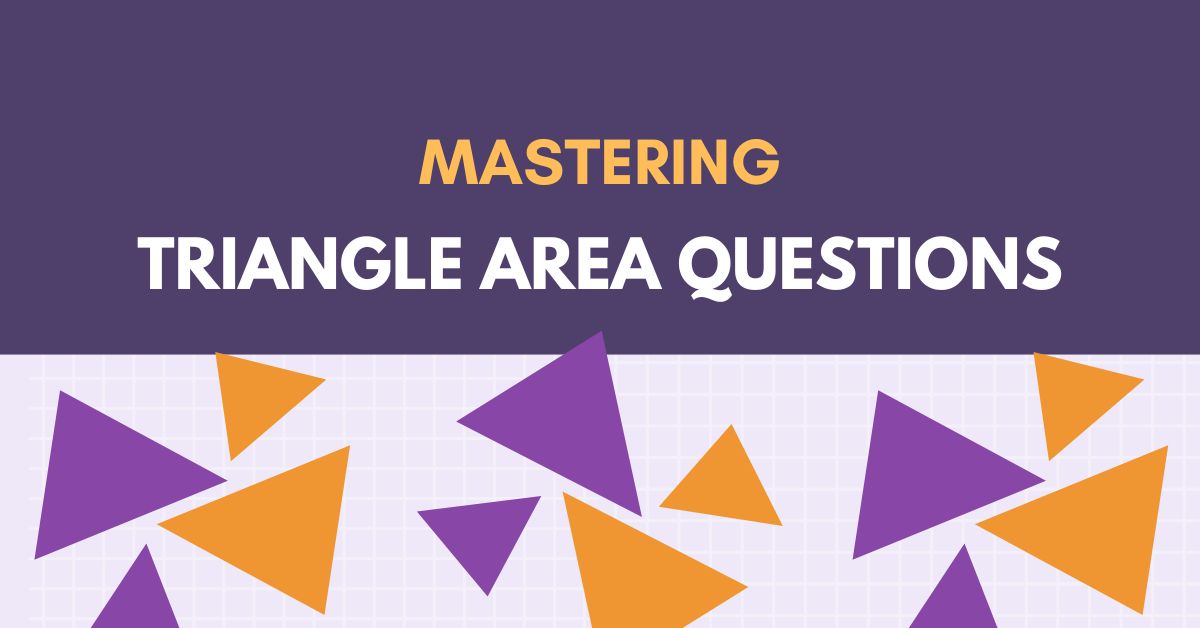Understanding the area of triangles is a fundamental concept in geometry, especially for Primary 5 students preparing for the PSLE. This topic not only forms the basis for more complex geometric problems but also enhances spatial reasoning skills. In this guide, we’ll explore various types of triangle area questions, common pitfalls, and effective strategies to tackle them with confidence.
1. The Standard Triangle Area Formula
The most basic formula for calculating the area of a triangle is:
Area = ½ × Base × Height
Example:
Given a triangle with a base of 10 cm and a height of 6 cm:
Area = ½ × 10 × 6 = 30 cm2
This straightforward calculation is often the first step in understanding triangle areas.
2. Identifying the Correct Base and Height
A common mistake primary 5 students make is selecting the wrong base or height. Remember, the height must always be perpendicular to the base.
Example:
Consider a triangle with a slanted side as the base. The height is the perpendicular distance from the base to the opposite vertex, not the length of the slanted side.
Tip: Always draw a perpendicular line from the base to the top vertex to identify the correct height.
3. Composite Figures Involving Triangles
Often, triangle area questions involve composite figures, where triangles are combined with other shapes like rectangles or circles.
Strategy:
Break down the composite figure into simpler shapes.
Calculate the area of each shape separately.
Combine the areas to find the total area.
Example:
If a figure consists of a rectangle and a triangle, calculate the area of the rectangle and the triangle separately, then add them together.
4. Triangles with Given Angles
Some questions provide angles instead of direct measurements. In such cases, trigonometric ratios like sine, cosine, and tangent can be helpful.
Example:
Given a right-angled triangle with an angle of 30° and an adjacent side of 5 cm, the opposite side can be found using the tangent function:
tan(30∘)=AdjacentOpposite⇒Opposite=tan(30∘)×5
Once all sides are known, the area can be calculated using the standard formula.
5. Real-Life Applications
Understanding triangle areas has practical applications in real life, such as in architecture, engineering, and design.
Example:
Calculating the area of a triangular roof to determine the amount of material needed.
Tip: Always consider the units of measurement and convert them appropriately when applying real-life scenarios.
Final Words
Mastering triangle area questions requires practice and a solid understanding of geometric principles. By familiarising yourself with different types of problems and applying systematic strategies, you can approach these questions with confidence. Remember, consistent practice and a clear understanding of concepts are key to success in PSLE mathematics.
For more practice questions and detailed explanations, visit Explico.sg. Keep practising, and soon you’ll find these questions a breeze!


